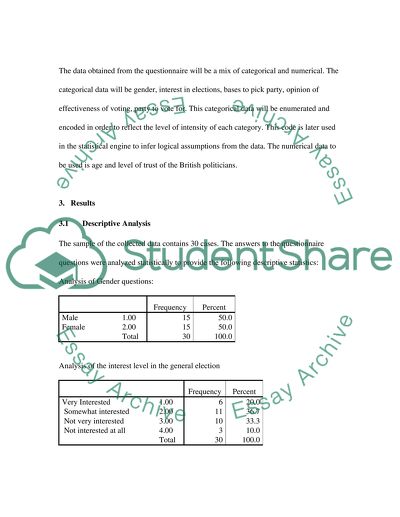Cite this document
(Understanding of the Trends of Voting in the British Population Statistics Project, n.d.)
Understanding of the Trends of Voting in the British Population Statistics Project. Retrieved from https://studentshare.org/politics/1502967-politisc
Understanding of the Trends of Voting in the British Population Statistics Project. Retrieved from https://studentshare.org/politics/1502967-politisc
(Understanding of the Trends of Voting in the British Population Statistics Project)
Understanding of the Trends of Voting in the British Population Statistics Project. https://studentshare.org/politics/1502967-politisc.
Understanding of the Trends of Voting in the British Population Statistics Project. https://studentshare.org/politics/1502967-politisc.
“Understanding of the Trends of Voting in the British Population Statistics Project”, n.d. https://studentshare.org/politics/1502967-politisc.


